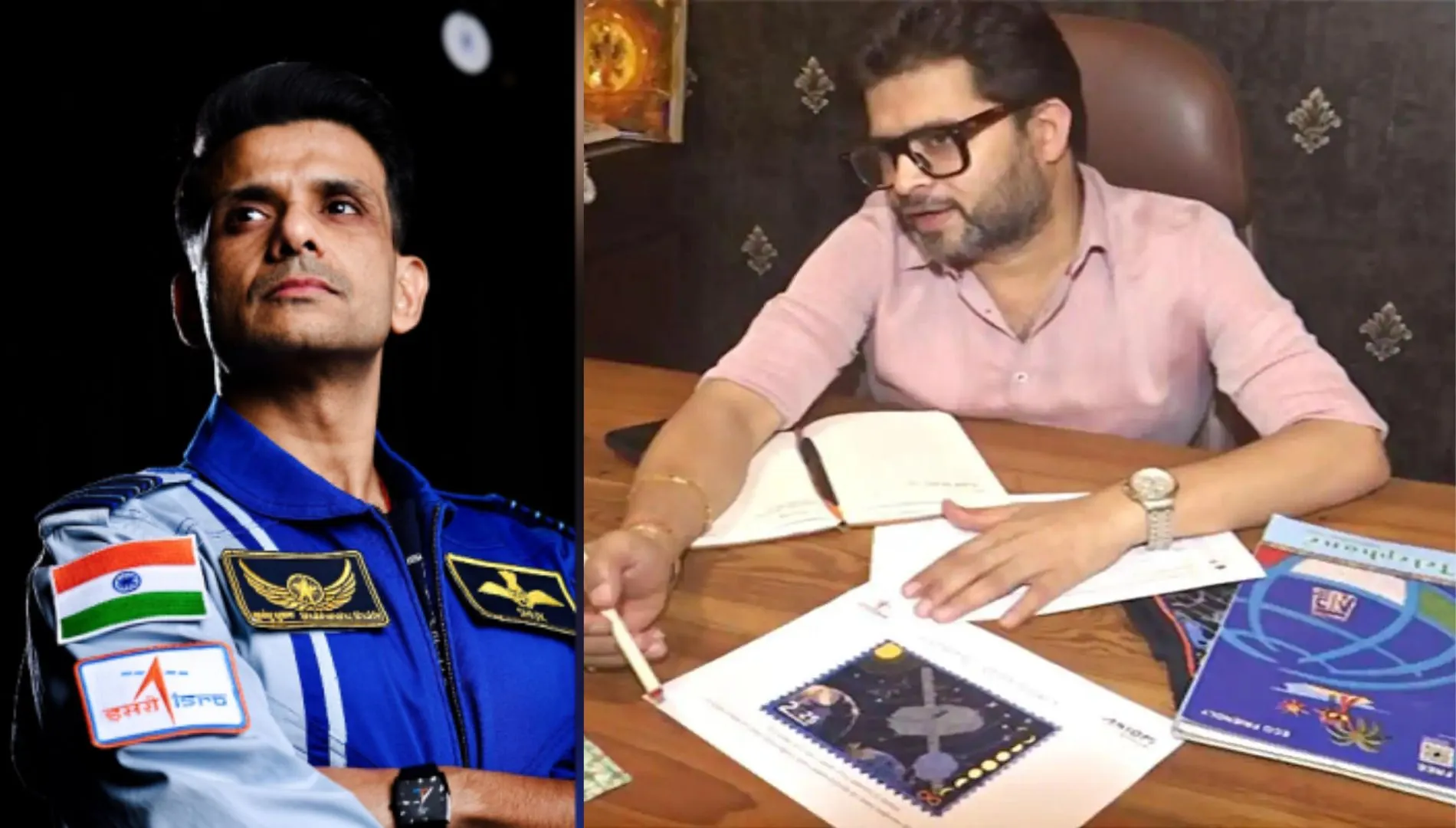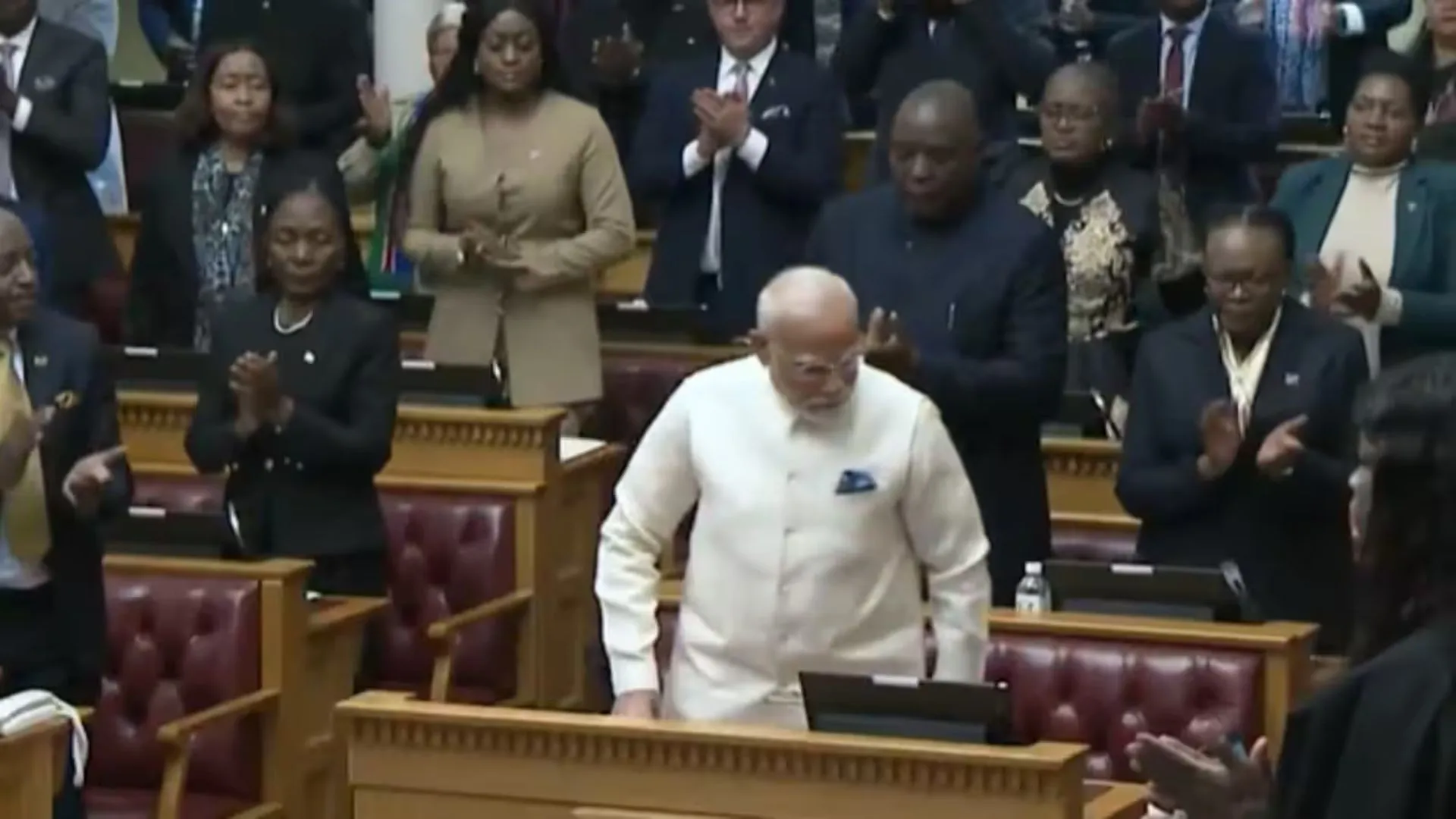The Axiom-4 mission badge, created by Manish Tripathi for astronaut Group Captain Shubhanshu Shukla, will bear India’s imprint in space. The emblem features icons like as Aryabhata, Gaganyaan, and Jantar Mantar, which combine cultural symbolism with space accomplishments.
While it reflects India’s scientific past, it also captures India’s role in modern space exploration.
Axiom-4 Badge Carries India’s Fingerprint
The emblem emphasises India’s identity in space by combining heritage and technology. Tripathi featured the Jantar Mantar to commemorate early astronomy, the Aryabhata satellite to commemorate India’s first orbit, and the Gaganyaan emblem to commemorate India’s first human spaceflight program.
All systems are looking good for Wednesday’s launch of @Axiom_Space’s Ax-4 mission to the @Space_Station and weather is 90% favorable for liftoff. Webcast starts at 12:30 a.m. ET → https://t.co/6RXoybzInV pic.twitter.com/988o685PVF
— SpaceX (@SpaceX) June 24, 2025
He added symbols like infinity and zero, which originated in India, and celestial bodies like the Sun and Moon. The Moon also connects to Chandrayaan-2 and -3 missions, while the Sun represents continuity in both science and Indian culture. The map of India placed in the chin of an astronaut helmet refers to Lord Hanuman’s strength, meant to symbolise forward motion.
The badge’s stamp-like shape shows India marking its presence globally. It also includes flags and maps of other nations involved in Axiom-4, underlining global cooperation in space research. Every symbol was tested for durability in space conditions. According to Tripathi, this is not just decoration—it’s a functional, layered design that shows India’s progress in a global context.
Axion-4 Badge Backstory
Manish Tripathi and Shubhanshu Shukla, once classmates, worked together for eight months to develop the badge. They shared ideas across time zones to make sure it would truly reflect India’s role in space. Tripathi explained that this design is “India’s fingerprint in space,” made with input and understanding between two professionals who shared a common vision.
Shukla, set to be the first Indian astronaut on the ISS, will wear the badge on his space suit. Tripathi called him “a real superhero.” Their work comes at a time when India is becoming an active participant in international space missions. The Axiom-4 mission is a part of a larger trend where NASA collaborates with many private companies, such as SpaceX and Axiom Space.
India’s participation in these projects shows a change in the way the nation advances space exploration, not just in terms of science but also in terms of culture and design.





















